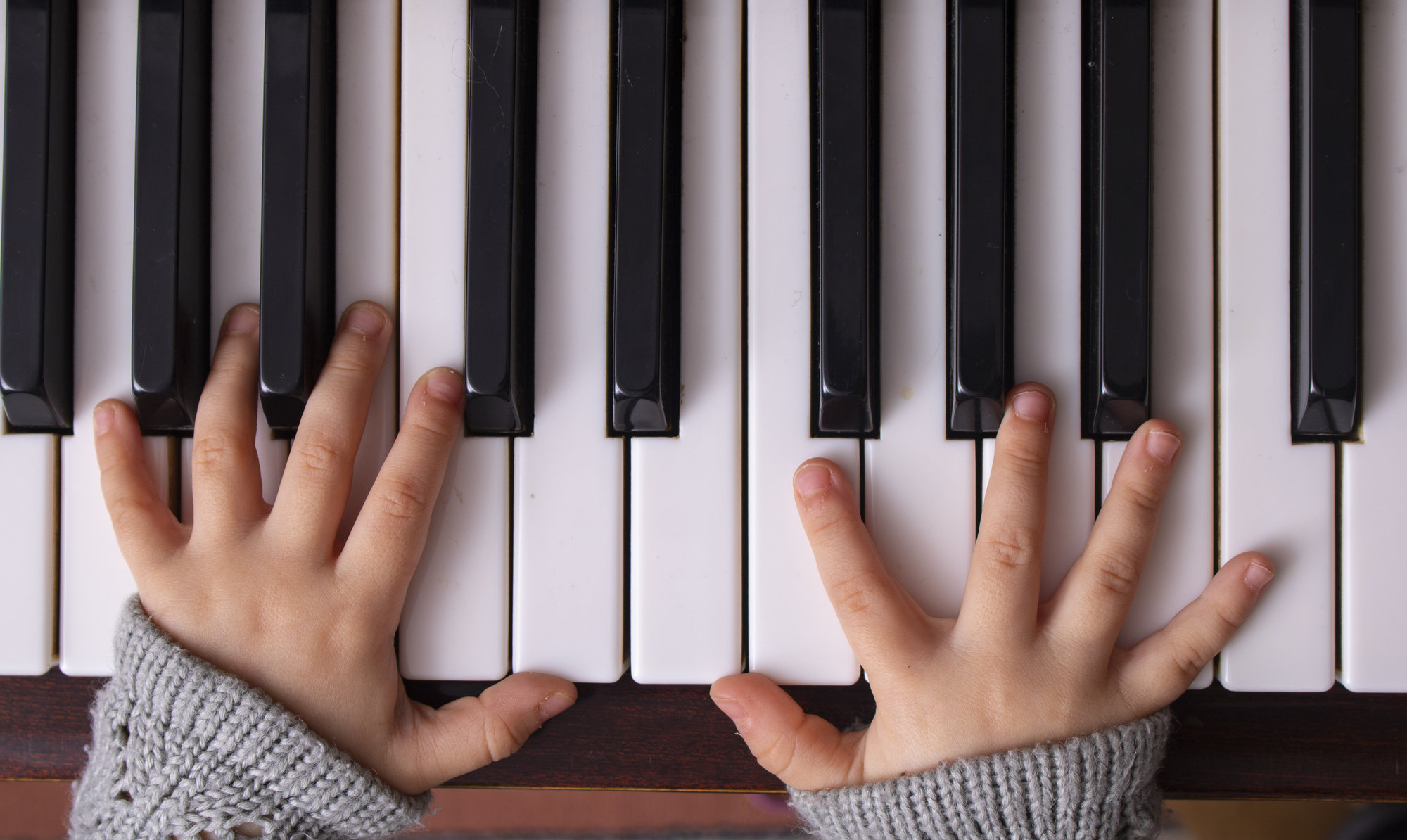Choosing the right piano can be an exciting but overwhelming task, especially for beginners. Whether you’re a new musician or a parent helping your child start their musical journey, selecting the right instrument is crucial for developing skills and enjoying the learning process. Do you opt for an acoustic piano, a digital piano, or a keyboard? Each option offers different experiences, features, and price points. This guide will walk you through the main types of pianos, what to look for, and how to make the best decision for your specific needs.
Types Of Pianos
When you’re on the hunt for the perfect beginner’s piano, it’s essential to understand the main types. Here’s a breakdown of the most popular kinds you’ll come across:
Acoustic Pianos
An acoustic piano is the classic option. It has real strings inside that are struck by felt-covered hammers when you press the keys, producing a rich and full sound. This timeless choice is often found in concert halls and music studios. There are two main types of acoustic pianos: Upright pianos and grand pianos.
Upright Pianos
Upright pianos are the most common choice for home use. They are designed to be more compact, with vertically placed strings and hammers. This makes them more space-efficient than their larger cousins, the grand pianos, while still delivering excellent sound quality. For beginners, upright pianos offer a great balance between affordability, size, and quality.
Grand Pianos
When you think of the word “piano,” chances are you’re picturing a grand piano. Grand pianos are known for their long strings, wide soundboards, and horizontal design. They provide unmatched sound quality and are often used by professional pianists. However, they also come with a hefty price tag and require significant space. For most beginners, a grand piano might be overdoing it, but it’s worth considering if space and budget allow.
Digital Pianos
A digital piano is a great alternative to an acoustic piano for many beginners. While they replicate the sound of a traditional piano using high-quality digital samples, they also come with modern conveniences like Musical Instrument Digital Interface (MIDI) connectivity. Additionally, digital pianos often have weighted keys, giving you the feel of a traditional piano while offering adjustable sound levels and headphone jacks for quiet practice. They are often a better long-term investment compared to keyboards, especially if you’re serious about learning.
Keyboards
A keyboard is a more affordable, portable option. These lightweight instruments often come with fewer keys than a traditional piano, making them ideal for those just starting. However, since many keyboards lack weighted keys—which replicate the feel of an acoustic piano—they can feel less satisfying to play for those who plan to progress quickly.
Factors To Consider When Choosing A Piano
Choosing the right piano isn’t just about picking the type; there are several other factors to keep in mind to ensure you get the best value and experience out of your instrument:
Size & Space
The amount of space you have can influence your decision significantly. If you’re short on space, an upright piano or a digital piano might be better suited than a grand piano. Keyboards, in particular, are a top choice for small spaces since they are lightweight and easy to move. Consider where you will practice before making your purchase.
Budget
Piano prices vary widely. Traditional pianos tend to be more expensive, especially grand pianos. However, if you’re on a tighter budget, a digital piano or keyboard offers great sound and functionality at a fraction of the cost. While keyboards are the least expensive option, investing in a digital piano can offer you a more realistic playing experience in the long run.
Sound & Touch
The sound and touch of a piano play a crucial role in your overall playing experience. Acoustic pianos offer a natural, resonant sound that’s hard to replicate digitally, while digital pianos use high-quality samples to imitate this effect. When considering touch, look for weighted keys, which mimic the resistance you feel when pressing traditional piano keys. This helps build finger strength and control, making it easier to transition to acoustic pianos in the future. The combination of a piano’s sound quality and the feel of the keys will significantly impact how much you enjoy playing.
Features & Technology
Many pianos come packed with features that can enhance your learning and playing experience. Some models include MIDI connectivity, allowing you to connect to learning apps or recording software. Others offer a range of instrument sounds, from strings to organs, adding versatility to your practice sessions. You’ll also find features like built-in metronomes, recording capabilities, and even interactive learning modes. These advanced technologies can make your practice sessions more engaging, especially if you’re a beginner looking to experiment and learn in creative ways.
Aside from considering space, budget, sound and touch, and features and technology, here are a few more things to think about when choosing a piano:
- Sound Quality: Some pianos have better sound quality than others. For instance, grand pianos offer superior sound due to their long strings and large soundboards. However, many pianos are equipped with high-quality speakers and can even mimic various instrument sounds beyond just a piano.
- Portability: If you plan to move your piano or keyboard frequently, you’ll want something more portable. Keyboards and digital pianos are much easier to transport compared to bulky traditional pianos.
- Maintenance: Acoustic pianos require regular tuning and maintenance, whereas digital pianos and keyboards need little to no upkeep.
Trying Before Buying
Whenever possible, it’s a good idea to test out pianos before making a purchase. Try playing a few different models to see which feels and sounds best to you. Pay attention to how the weighted keys respond to your touch and how the sound quality resonates in the room. Testing the instrument yourself will give you a better idea of whether it’s the right fit for you, both physically and musically.
Additional Resources & Support
Learning to play the piano is an exciting journey, and having the right resources can make a world of difference. Many pianos come with built-in learning modes or are compatible with online apps like Flowkey and Simply Piano, offering structured lessons for beginners. Be sure to check whether your chosen digital piano has MIDI capability to take full advantage of these interactive tools.
In addition to online resources, personal instruction can greatly enhance your progress. At Academy of Music, we offer expert guidance through tailored piano lessons in Edmonton, ensuring that you build a strong foundation from the very start.
Online communities and YouTube tutorials can also offer additional support and inspiration. But when you’re ready to take your playing to the next level, there’s nothing like learning from professionals who are passionate about music education.
Conclusion
Choosing the right piano is an important step in your musical journey. Whether you opt for an acoustic piano, digital piano, or keyboard, each type has unique benefits. Take time to consider your space, budget, and learning preferences to find the instrument that best suits your needs. With the right piano and the support of resources like those available at Academy of Music, you’ll be well on your way to mastering this timeless instrument.



